Preparing healthy soil
Read more ....
GARDENING AT HOME
Have a look around you, the trees are turning green, the flowers are blossoming, and people everywhere are mowing their fresh green lawns. As the summer approaches, many people are bring out their tools from the shed and getting ready to “jazz” up their garden for the nice summer weather. Gardening is a great exercise alternative, and you can enjoy the sunshine as well.
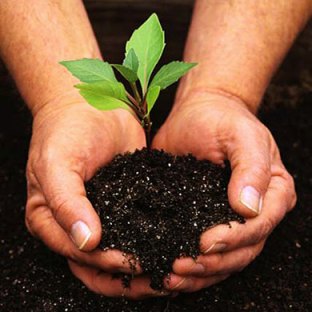
Every spring and summer, many individuals take part in raking, lifting, digging, kneeling and planting activities that lead to aches and pains in their neck, low back, and other extremities issues. Improper gardening techniques can cause repetitive strain injuries, lead to degenerative joint and disc problems, cause sprain and strain injuries to muscles throughout the body and wear and tear to joints and muscles. Here are some following tips to follow for a safe and enjoyable gardening season.
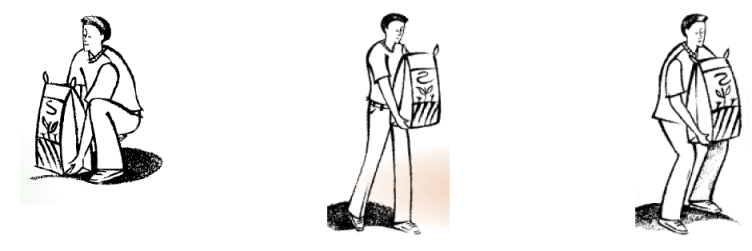
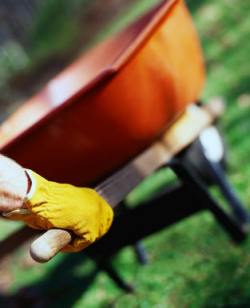
~ www.chiropracticcanada.ca
If you do get injured or have aches and pains stop the gardening immediately. Trying to push yourself or thinking the pain will go away on its own is not a good thing. Rest and ice the area for the first 48 hours. Use ice for 15 minutes intervals with a 60 minute break between each session as needed. If the problem persists for over 5 days, seek treatment/help from a chiropractor. Chiropractors play an important role in providing preventative education and early detection of spinal problems, as well as expert care for back, muscle and joint pain and injury.
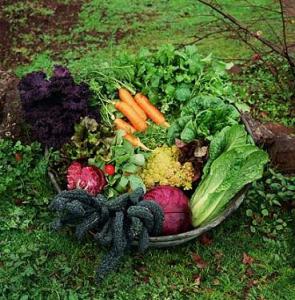
 Lately my interest in off-gassing and remedies to the toxicity of modern homes has been expressed in writing an article of useful plants in cleaning air and removing hazardous VOCs. I thought to compile a post on modern planters so that anybody can get an idea of integrating plants in modern apartments. I won’t comment on neither one, this article has the only purpose of design show-off, so here they are:
Lately my interest in off-gassing and remedies to the toxicity of modern homes has been expressed in writing an article of useful plants in cleaning air and removing hazardous VOCs. I thought to compile a post on modern planters so that anybody can get an idea of integrating plants in modern apartments. I won’t comment on neither one, this article has the only purpose of design show-off, so here they are:
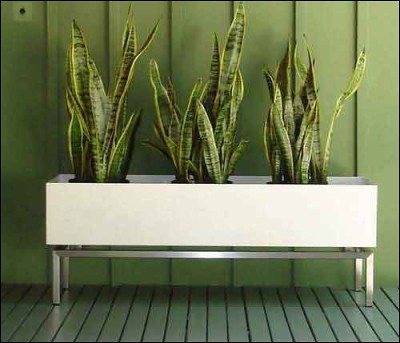
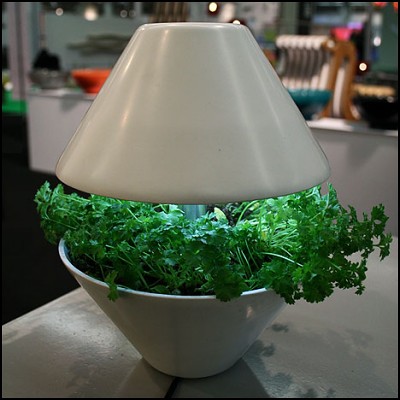

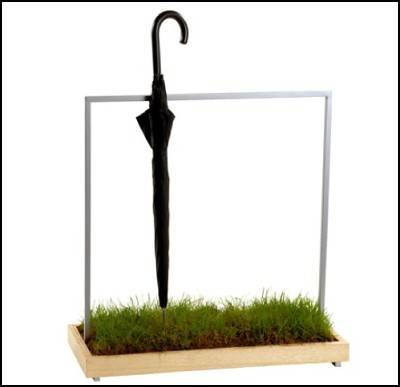

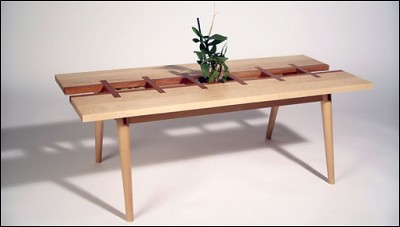
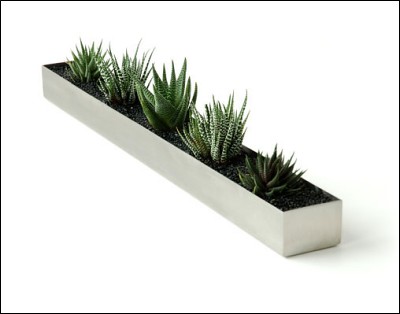
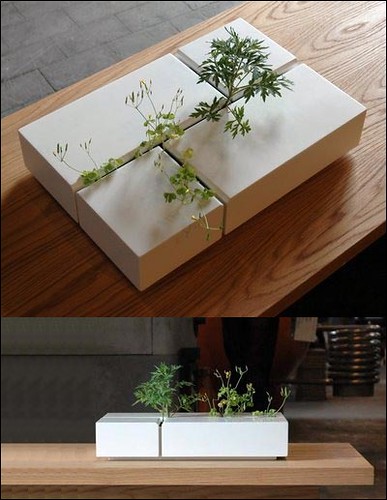
Timeless Garden concept by Francesco Castiglione Morelli and Tommaso Ceschi:
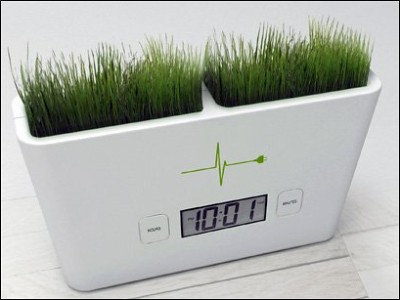
The design above is in such a way built that the reaction between the humid mud in the pots reacts with some metal electrodes generating enough juice to power a LCD clock. No batteries, no toxic heavy metals, no landfill disposal… pure mother nature CO2 free miracle.

I love nasturtiums and this summer I had a real cascade of them tumbling over the deck boxes in their bright colors and peppery scents. I went to weed them the other day and noticed that many had gone to seed and still many others had dropped their seeds on the deck. I gathered the seeds excitedly, figuring that since they were intact and recognizable as the nasturtium seeds I’d planted before, I should be able to save these for planting in the future.

I since found a couple of wonderful resources about seed saving.

Mr. Brown Thumb has a lot of great information about collecting nasturtium seeds, complete with a video. He says that larger seeds are best, and that it doesn’t matter if the seeds are brown or green. This is good news because I found plenty of both.
About.com has a lot of great information about seed saving in general, including which other seeds are good candidates for saving:
Methods and Timing for Saving Seeds
Always choose the best quality plants, flowers, fruits and vegetables from which to save seeds. Look for disease resistance, vigor, great flavor and productivity. Next year’s plants will only be as good as this year’s seed. Harvest seeds either:
Storing Saved Seed
What Seeds Can Be Saved?
Open Pollinated or heirloom, self-pollinated plants are the only varieties that will grow true from seed, meaning the seedlings will be exactly like the parents. These are the seeds worth saving.
Self-pollinated plants are the easiest to save and include: Beans, Chicory, Endive, Lettuce, Peas, Tomatoes. You can also save many heirloom flower seeds such as: cleome, foxgloves, hollyhock, nasturtium, sweet pea, and zinnia.
I dried my seeds on this old bulb storage crate from the Netherlands. It’s come in handy for all kinds of drying projects.


I stored my seeds according to the above guidelines. I’ll plant them next year and will let you know how they do.

Photos by Susan Sachs Lipman



Everyone seems to be inspired by Fall and by Halloween, which comes at the exact height of the season. There is no shortage of wonderful blog posts and ideas about play, creativity, and celebration of this pivotal and lovely time of the year. I’ve gathered a few:
Fall’s bounty and beauty are explored by Mom in Madison
A roundup of Fall outdoor activities comes from Your Wild Child
Backyard Mama brings us ten ways to enjoy Fall
Make shrunken apple heads with Active Kids Club
Create a Sugar Sprite tradition for Halloween candy with Stephinie on Rhythm of the Home
A wonderful compendium of Halloween herb and food history and lore comes from The Herb Companion
From The Squirrelbasket: Halloween traditions, superstitions, and pumpkin carving
DIYLife weighs in on composting Fall leaves
Shivaya Mama describes experiencing peace and joy through watching children’s delight at jumping in Fall leaves
Have a glorious Halloween and Fall!

Photos by Susan Sachs Lipman
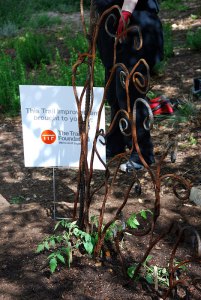
On Saturday, April 4, Green Corn Project volunteers refurbished our demonstration garden bed at Lady Bird Lake. Located on the north side of the lake just west of the Pfluger pedestrian bridge, our bed is part of The Trail Foundation‘s Adopt-a-Garden program.
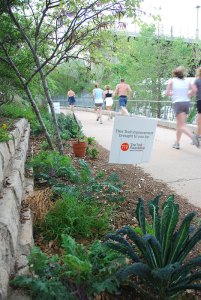
Here's how the bed looked before we replanted it with spring vegetables
Last year to celebrate GCP’s 10th anniversary, we adopted this bed and planted the first (and only) vegetable garden in the program. The bed is a great opportunity to show what we do to the 1.5 million people who visit the trail every year. Because so many of our gardens are at private homes and schools, this very public space allows us to demonstrate how everyone can grow their own organic vegetables.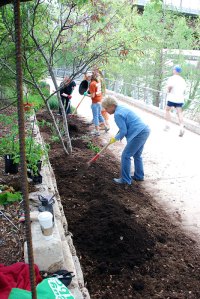
Check out photos from last year’s initial dig-in in March and fall refurbishment here.
We decided to keep the bed this year because of the phenomenal response we received. Austinites love this garden!
This season Robby Lee of Austin Green Art helped with the refurbishment. He also brought what is surely going to be the star of this garden: a sculpture by Aaron Harrington that we’ve repurposed into a tomato trellis. Be sure to check it out!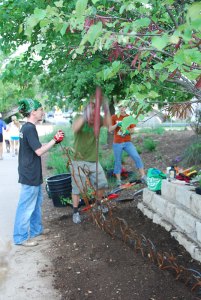
We planted four varieties of tomatoes: yellow pear, Juliet, Stupice, and two Sweet 100s; eggplant, basil, and serrano and jalapeno peppers to add to the existing Swiss chard, oregano, and ornamental peppers.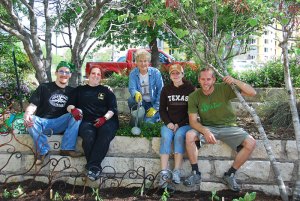
Thanks to Robby (on the far right), as well as volunteers Michael and Andrea Olivier, Catherine Sewell, and Jesse Bowden who dug and planted with me on Saturday morning.
–Suzanne, GCP volunteer and board member
Starting a vegetable garden is one way to not only have access to produce that you can trust, but it’s also a way to save on your grocery bill.
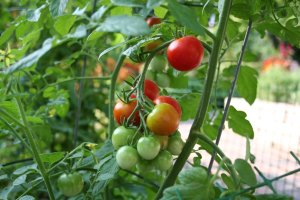
VEGETABLE GARDEN TOMATO
If you don’t know much about gardening, starting your own at home can actually be pretty simple.
Know what you want to grow and learn about the seeding process. It is a great way to relax and utilize your own backyard!
Even Michelle Obama has caught on to backyard gardening!